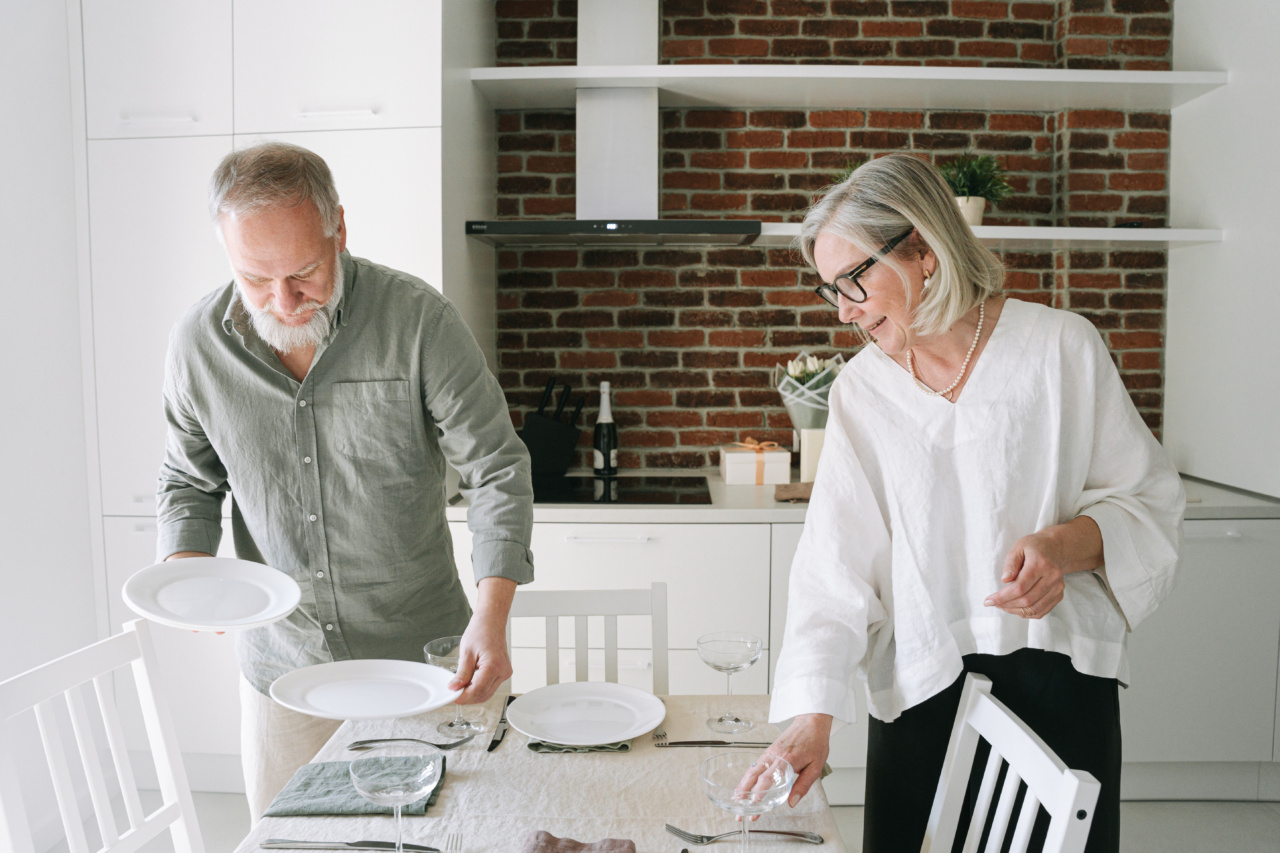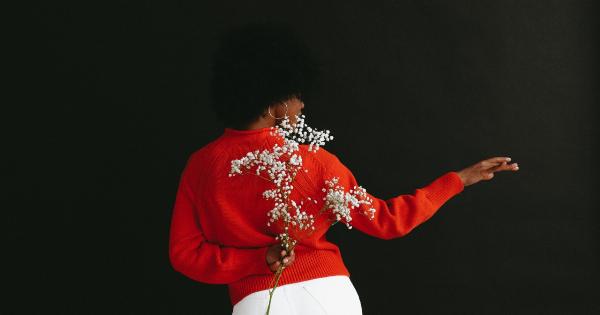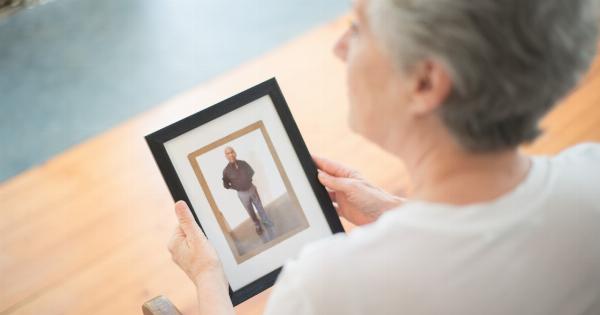As we approach the milestone of turning 50, both men and women start to notice significant changes in their bodies, health, and overall well-being.
While aging is an inevitable process, it is interesting to explore the differences between how men and women experience and perceive aging. From physical changes to emotional shifts, let’s delve into the aging battle that occurs at the half-century mark for both genders.
1. Physical Changes
One of the most prominent differences between men and women at the age of 50 is the physical changes they undergo. For men, a drop in testosterone levels can lead to reduced energy, decreased muscle mass, and increased body fat.
On the other hand, women experience menopause, which brings about a range of symptoms such as hot flashes, night sweats, and weight gain. While both genders face physical challenges, the types of changes they encounter are distinct.
2. Hormonal Shifts
Hormonal changes play a significant role in how men and women experience aging at 50. Men experience a gradual decline in testosterone levels, which can impact their libido, bone density, and overall mood.
Women, on the other hand, experience a significant decrease in estrogen during menopause. This hormonal shift can cause mood swings, vaginal dryness, and affect cognitive function. Understanding these hormonal changes is crucial in dealing with the aging battle effectively.
3. Mental Health
Both men and women face mental health challenges as they age, but the specific struggles can vary.
Men at 50 may be more prone to experiencing depression and anxiety due to a combination of factors, including hormonal changes, societal expectations, and the fear of aging. Women, in contrast, may face emotional challenges related to menopause, such as mood swings and feelings of loss or grief due to the end of their reproductive years.
4. Body Image and Self-Esteem
Body image and self-esteem can become significant battlegrounds for both men and women as they hit the age of 50.
Men may notice changes in their physique, such as the accumulation of belly fat or the loss of muscle tone, leading to decreased body confidence. Women, influenced by societal beauty standards, often struggle with weight gain, wrinkles, and “invisible ageism” that can impact their self-esteem.
Both genders need to embrace body positivity and prioritize self-care to navigate these challenges.
5. Health Concerns
At 50, both men and women need to pay closer attention to their health. Men are at a higher risk of developing heart disease, prostate issues, and erectile dysfunction due to aging.
Women face an increased risk of osteoporosis, heart disease, and breast cancer. Awareness of these gender-specific health concerns is vital, as early detection and prevention can lead to better outcomes and quality of life.
6. Perspectives on Aging
Men and women may have different perspectives on aging and the societal expectations associated with it. Some men might view aging as a loss of vitality and strength, fearing the loss of their identity.
Women, in contrast, might feel liberated by the end of menstruation and the embracing of their wisdom and experience. While these perspectives can be influenced by culture and personal experiences, finding a positive mindset and embracing the aging process is essential for both men and women.
7. Social Support
The availability and nature of social support can greatly impact how men and women navigate the aging battle.
Men, who may have relied heavily on work and career, may find it more challenging to build strong social connections and find a sense of purpose after retirement. Women, often renowned for their ability to foster social networks, may face loneliness as children leave the nest and friends undergo life changes.
Actively seeking social support, engaging in hobbies, and volunteering can help combat the isolation often experienced at this stage of life for both genders.
8. Relationship Dynamics
At 50, many couples have been together for a considerable period, which can bring about unique dynamics.
Men and women may experience different relationship challenges as they age, influenced by factors such as communication styles and societal expectations. Men might struggle with feeling emasculated by physical changes, while women may grapple with shifting power dynamics and changes in intimacy.
Open and honest communication, along with a willingness to adapt, is crucial in maintaining healthy and fulfilling relationships.
9. Career and Retirement
The aging battle for men and women often extends to their professional lives. Men may face the struggle of finding purpose and maintaining a sense of identity as they transition from a demanding career to retirement.
Women, who may have taken on multiple roles and faced challenges in their career due to societal norms, may also grapple with finding meaning and purpose in the post-retirement phase. Exploring new hobbies, pursuing lifelong passions, and embracing personal growth can aid both genders in this transitional period.
10. Embracing Change
Ultimately, both men and women need to embrace the changes that come with aging at 50. It is a time for reflection, self-discovery, and finding new sources of happiness and fulfillment.
By prioritizing physical and mental well-being, nurturing social connections, fostering self-acceptance, and seeking new opportunities, men and women can navigate the aging battle with grace and resilience.






























